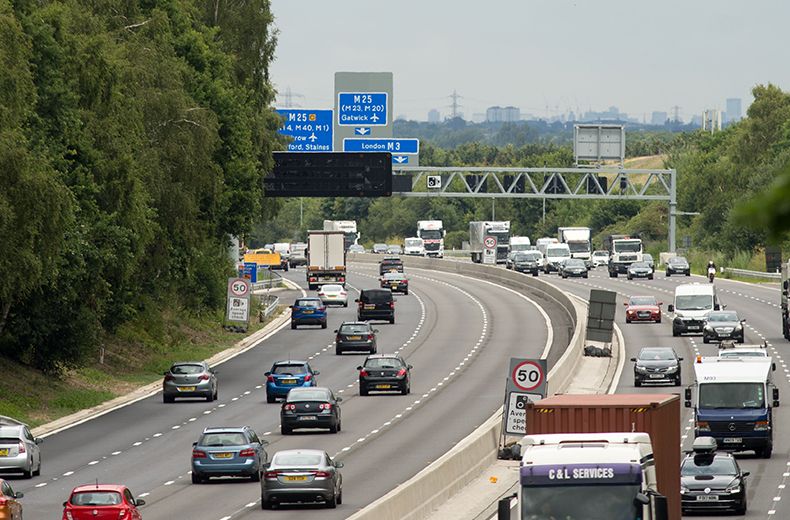Transport Secretary Grant Shapps expects new recommendations to be made within weeks, after telling MPs “we know people are dying” on smart motorways, the first of which were introduced in 2006.
The review into smart motorway safety follows growing pressure from groups including the RAC – which helped bring issues into the spotlight for its members and the safety of all road users.
We know people are dying"
Grant Shapps, Transport Secretary
Nicholas Lyes, RAC head of roads policy said: “We welcome a commitment from the Secretary of State to review smart motorway safety.
“We know from our own research that drivers feel the permanent removal of the hard shoulder compromises safety. They also tell us that emergency SOS areas are located too far apart at intervals of up to 1.6 miles.”
Earlier this week, Highways England chief executive Jim O'Sullivan told the Transport Select Committee that smart motorways with a hard shoulder only used at busy times are causing confusion for drivers.
He said it will not build any more smart motorways with ‘dynamic hard shoulders’ because too many motorists do not understand them.
Such motorway designs are currently in use on parts of the M1, M4, M5, M6, M42 and M62 in England.
Mr Shapps accepted a review is needed, but added that greater detail is required on how safe smart motorways are compared to conventional ones, insisting he wants to ensure all motorways in the country are “as safe as they possibly can be”.
- Smart motorways – what are they and how do you use them, a video guide
- Big changes to motorway driving as red X signs come in
- Revealed: The truth about ‘new’ smart motorway speed cameras
Nicholas Lyes adds: “While it’s important that we increase capacity on our motorway network, this should only be done using the safest design features and the latest technology which has sadly only been the case on a fraction of smart motorways.”
He said drivers must have confidence they’ll be protected from traffic in the event they suffer a breakdown in a live lane, especially when a hard shoulder has been removed.
“We reiterate our calls for the latest stopped vehicle detection technology to be retrofitted on all sections of smart motorway as a matter of urgency and for more SOS areas to be built so drivers are never more than a mile away from one,” he added.
“These measures should also be included in all smart motorway schemes that are currently being built or planned.”
Copyright Press Association 2019. Motoring News articles do not reflect the RAC's views unless clearly stated.

Cheaper than AA or we'll beat by 20%^
• Roadside cover from £5.49 a month*
• We get to most breakdowns in 60 mins or less
• Our patrols fix 4/5 breakdowns on the spot







